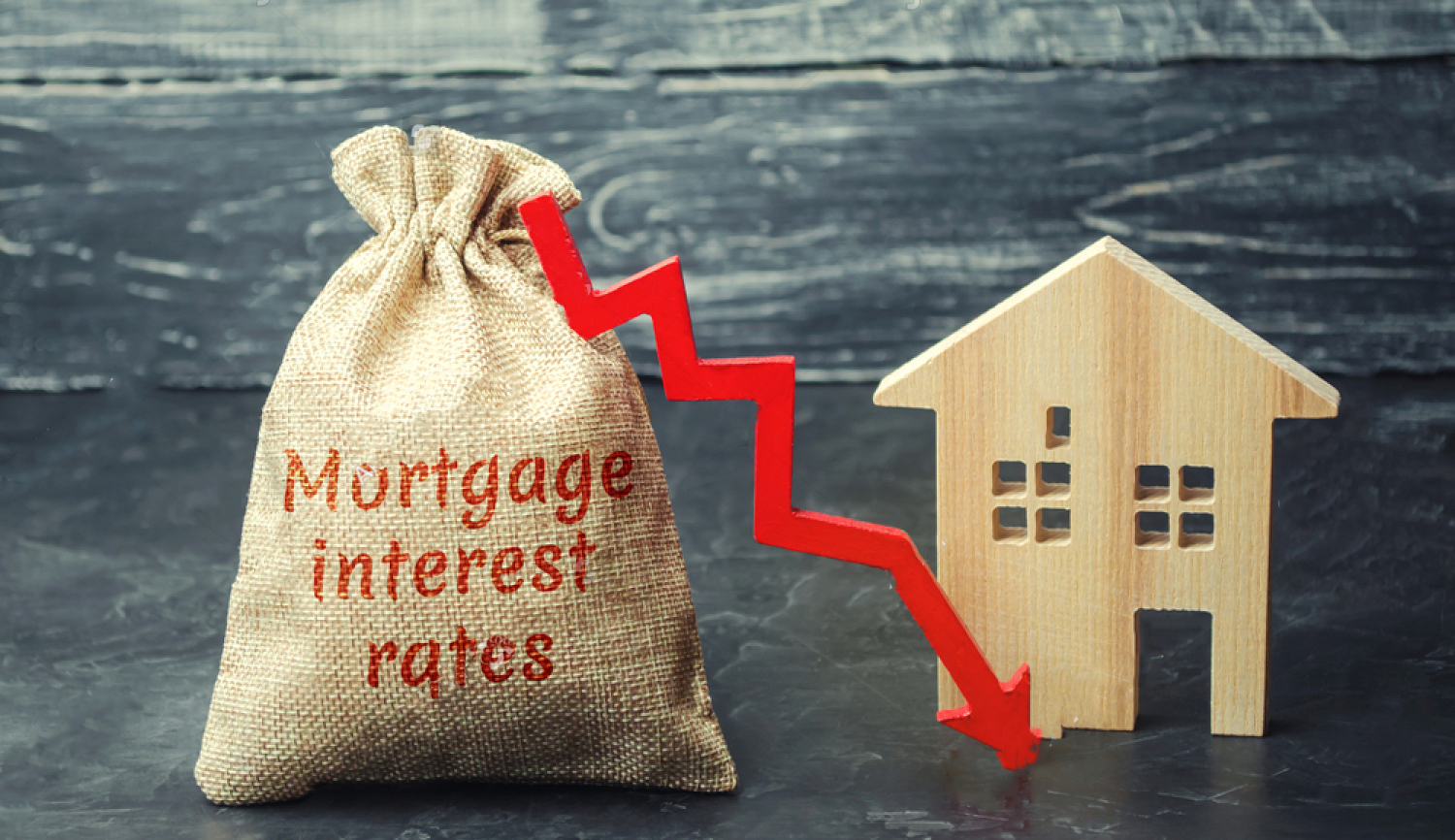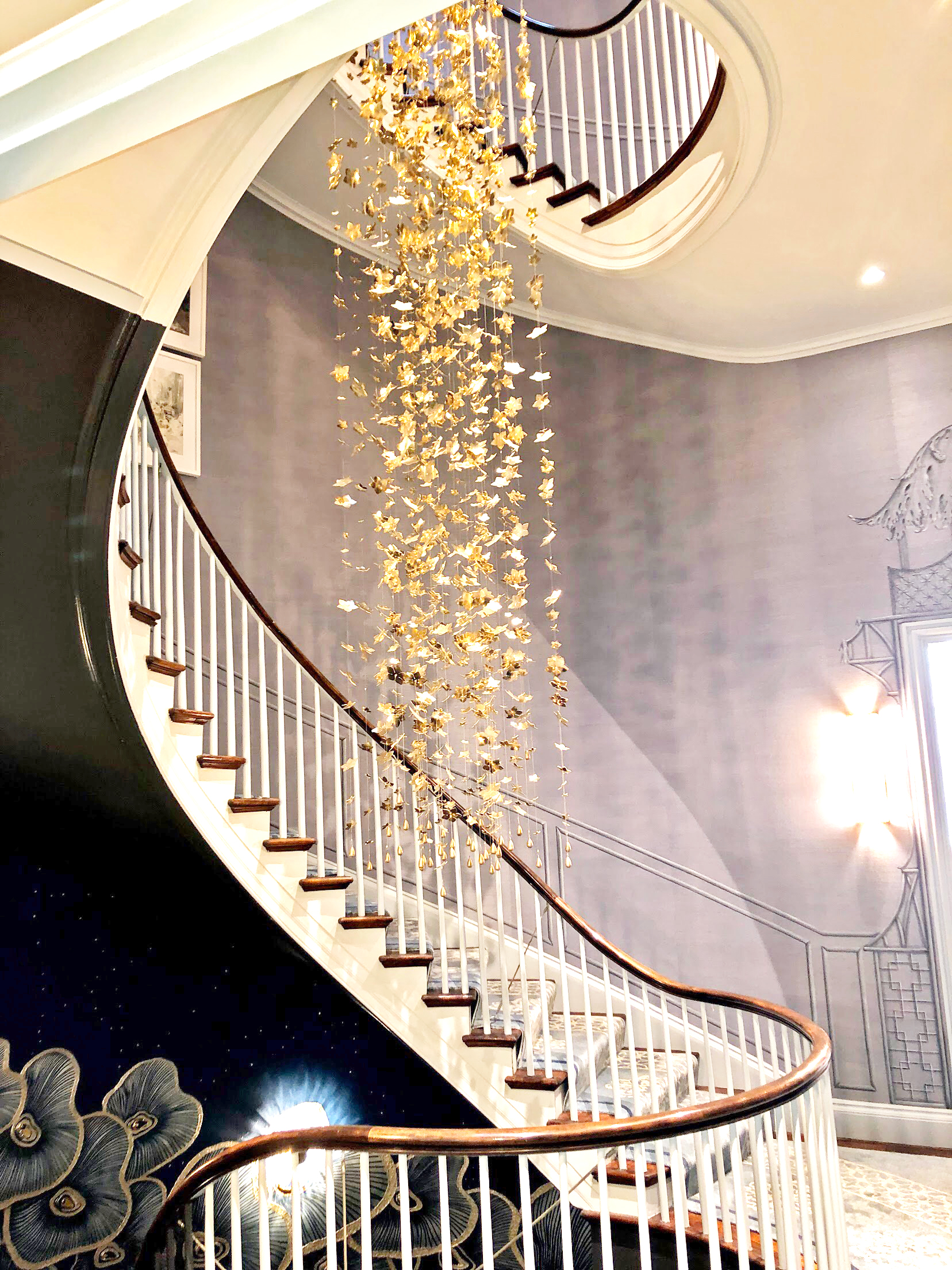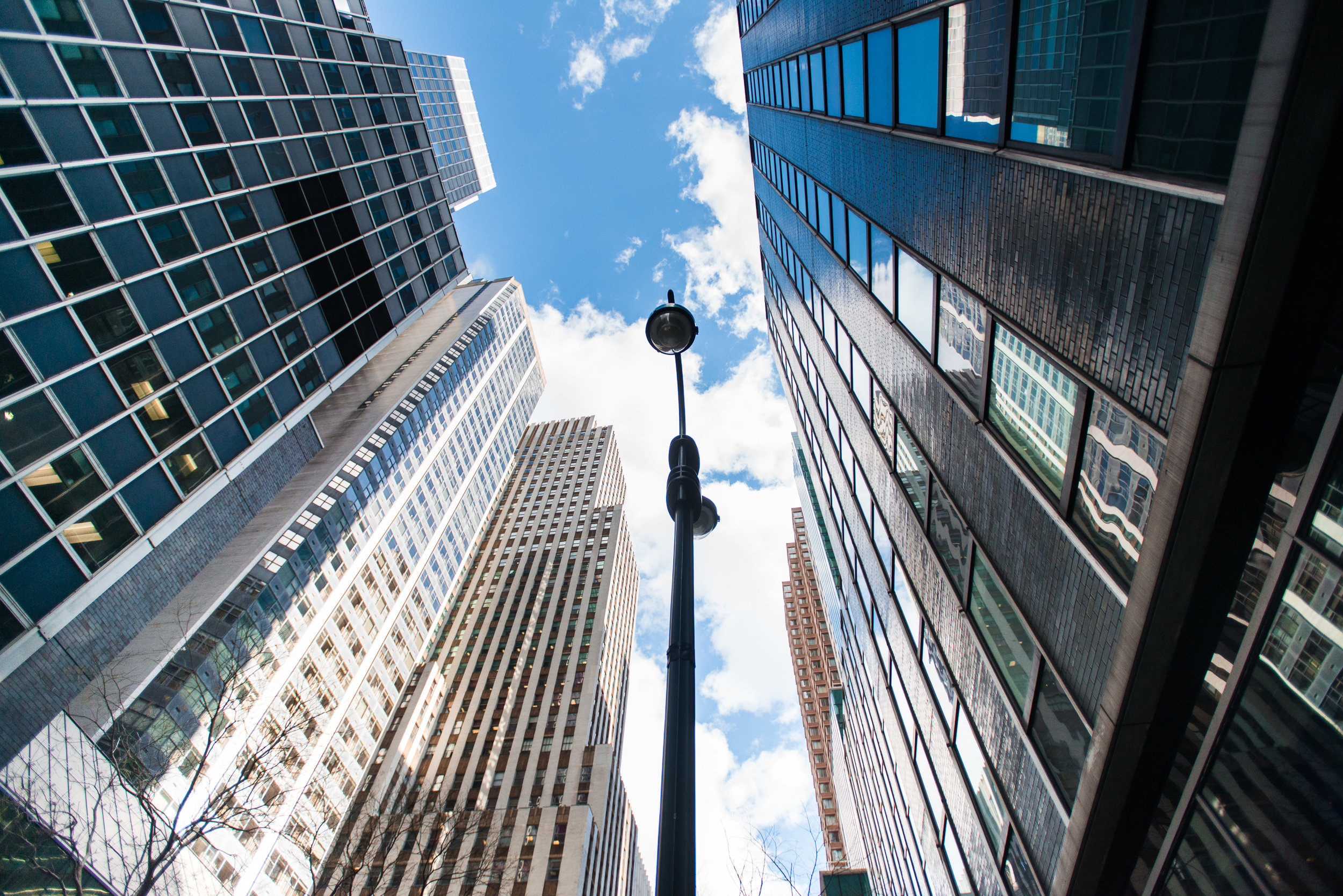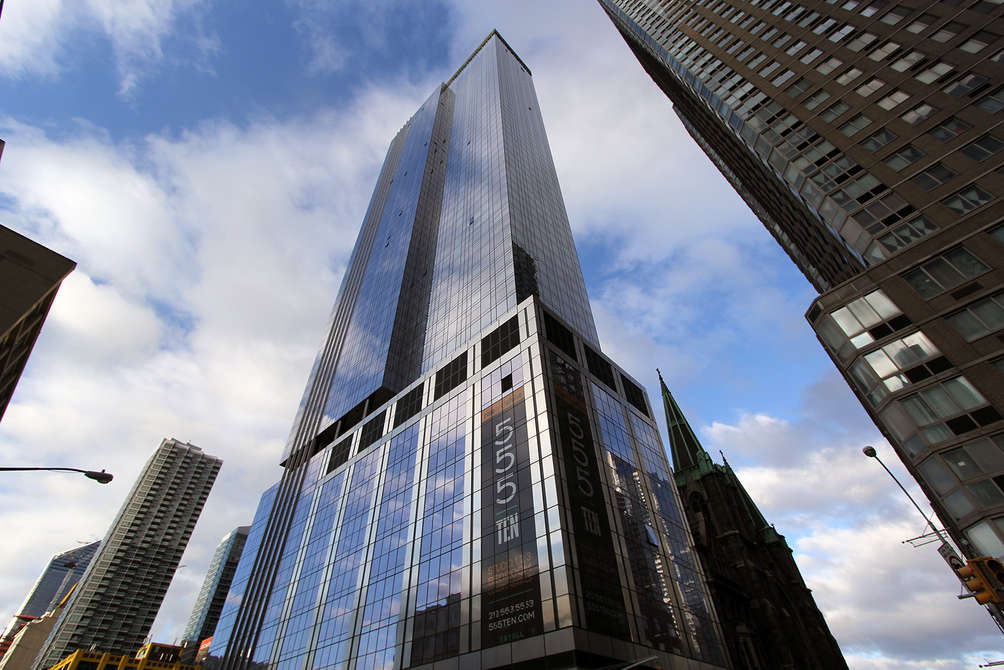New York Real Estate is viewed by many as one of the most competitive luxury markets in the world. There is much talk about the luxury market slowing down, but on the ultra-luxe end, there is no shortage of unique, ultra-pricey listings. From townhouses to penthouses, we rounded up a countdown of the five most expensive properties presently gracing the NYC real estate market.
*All listings and image of respective listing agents/brokers
#5- 25 Columbus Circle, PH80
Photo: Corcoran/Deborah Grubman
Related CEO Stephen Ross listed his Penthouse high above Columbus Circle in the Time Warner Center for $75 million. This has been Ross’s residence since Time Warner Center was initially completed. The interiors are designed by Tony Ingrao, who interestingly enough, have done the interiors at Related’s 35 Hudson Yards. He has customized virtually all aspects of the home.
Listed By Deborah Grubman Corcoran
#4- 45 East 22nd Street PHAB
Photo: Douglas Elliman/Noble Black, Holly Parker
Perched on over 13,000 square feet of living space above Madison Square Parks green space, this gorgeous triplex penthouse located at 45 East 22nd Street could be yours for a mere $77,700,000. Sprawled out over three top floors of this luxury building the penthouse features two separate studio apartments for staff, two parking spaces, access to all the buildings amenities including a golf simulator, gym, and a playroom, and not to mention the 360° views of all of Manhattan. With floor to ceiling windows and incredible entertaining space, this apartment is perfect for dinner parties and having guests over. Despite the interior concepts of Lee Mindel, Ryan Korban, and Thomas Juul-Hansen, the condo is being sold as a blank canvas for the owner to have the ability to truly make it their own.
Listing Courtesy of Douglas Elliman - Noble Black & Holly Parker
#3- 134 Charles Street
Photo: Bespoke Marketing
Back on the market a year later with an additional $30 million tacked on, meet 134 Charles Street. An 18,000 square foot single family home converted from a warehouse space. This listing, owned by investor Ciaran O’Kelly first popped up in 2014 on the market for a whopping $47.5 million after having purchased the building for 17 million and 2008 and giving it extensive renovations. Boasting an infinity pool, a 47-foot garden space, and a roof deck this apartment has returned once again for $80 million.
Listed By Zachary Vichinsky of Bespoke Real Estate
#2- “Le Penthouse” 172 Madison Avenue
Photo: Keller Williams NYC
Boasting every amenity imaginable Le Penthouse, located at 172 Madison Ave, comes in second with a price tag of $98 million. This 11 bedroom, 14 bathooom Skytop mansion is going for $4,945 per square feet, giving you almost 20,000 square feet of living space (4,500 of which are outdoor). The apartment boasts a private rooftop deck featuring a jacuzzi and a 67-foot salt water pool in addition to a gym, a pet spa, a playroom and much more.
Listed By Raphael Sitruk and Efraim Tessler of Keller Williams
#1- “The Pinnacle” The Woolworth Building
Alchemy
Coming in as number one of the five most expensive listings currently on NYC’s market is the Woolworth buildings “the Pinnacle Penthouse” for $110 million which sits nearly 700 feet above the City. This penthouse is spread out above five floors featuring an elevator giving the owner easy access to all five levels. The Pinnacle first hit the market in 2017 and if sold anywhere near the asking price, it will break the record of most expensive sale ever downtown with the previous titleholder, a property at Chelsea’s Walker Towers selling for $50.9 million back in 2014.
Alchemy Properties had to conduct extensive work to the Pinnacle before bringing it to market as the crown previously held maintenance equipment for office tenants below. Work included adding additional windows and replacing nearly 3,500 damage terra cotta on the facade.
Besides being located in the iconic Woolworth building, this apartment boasts 360° degree views of the city, a 400 sq ft observatory, and 24-foot ceilings.
